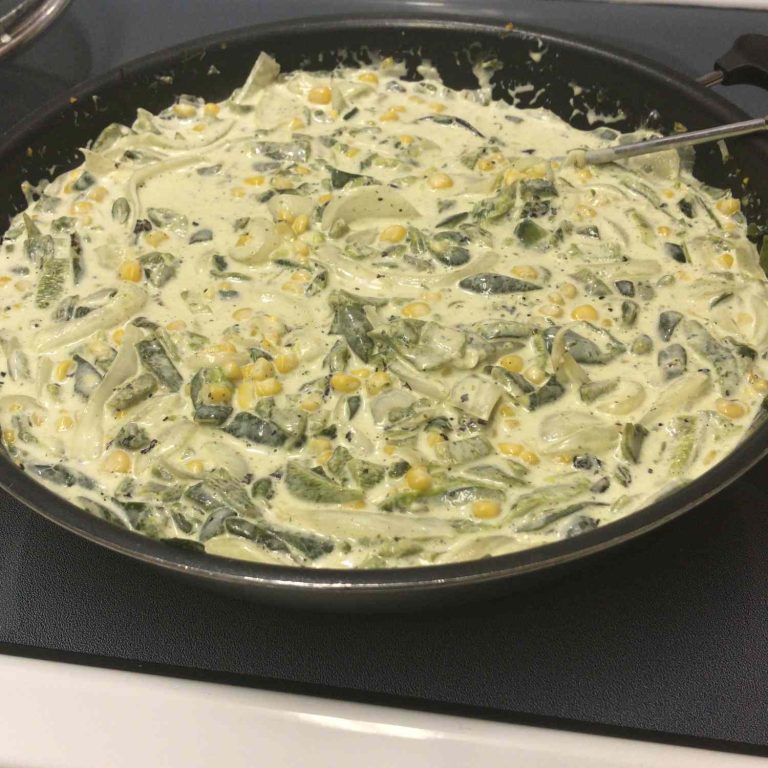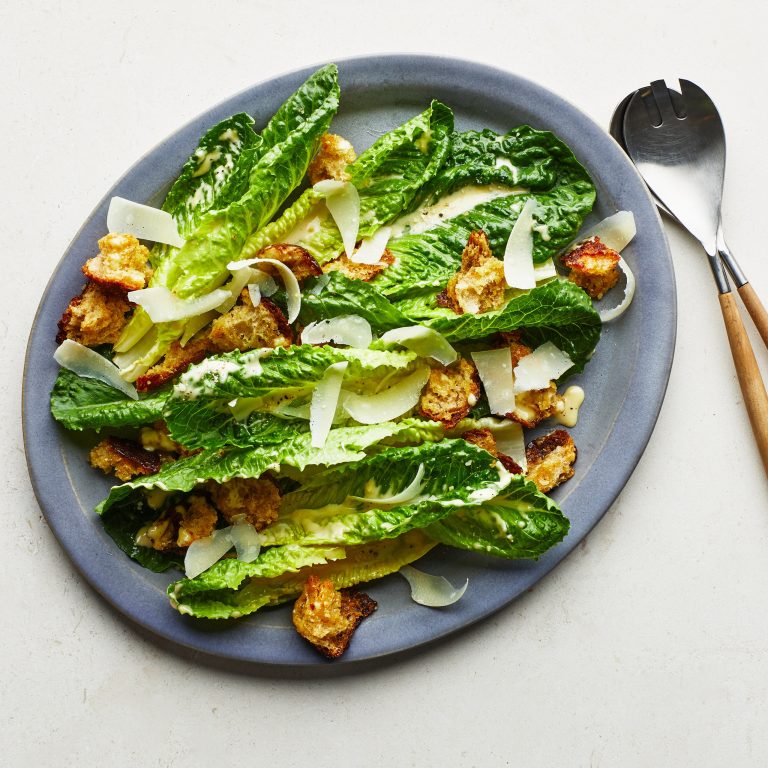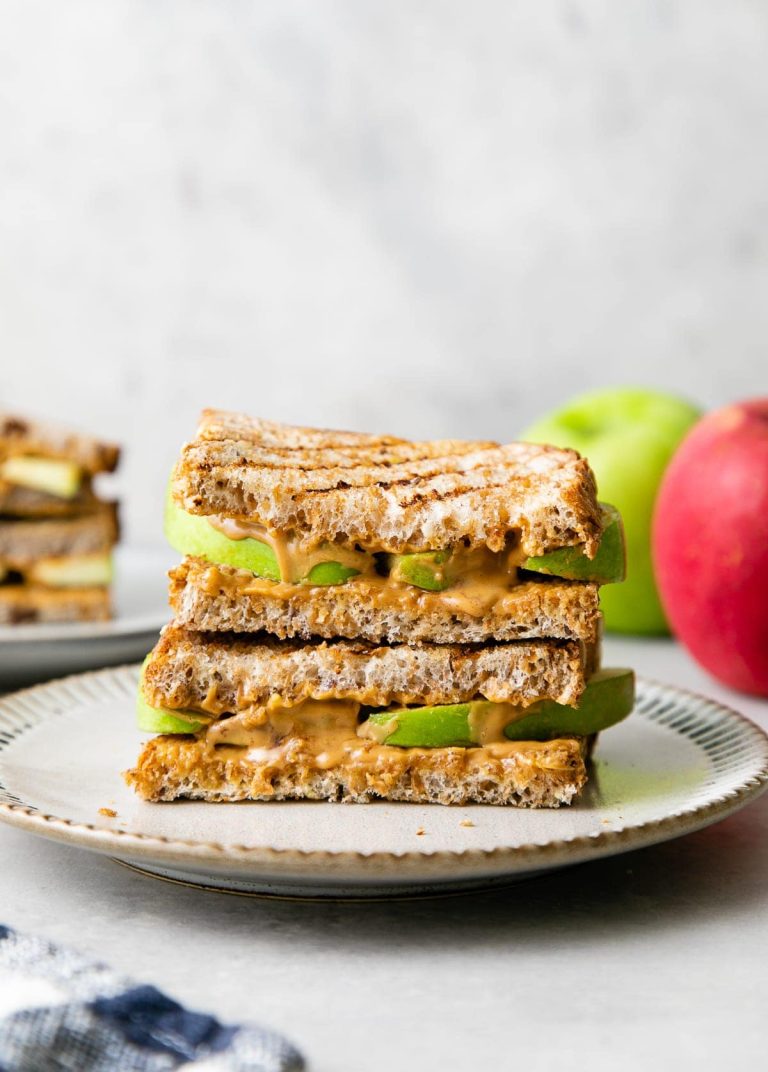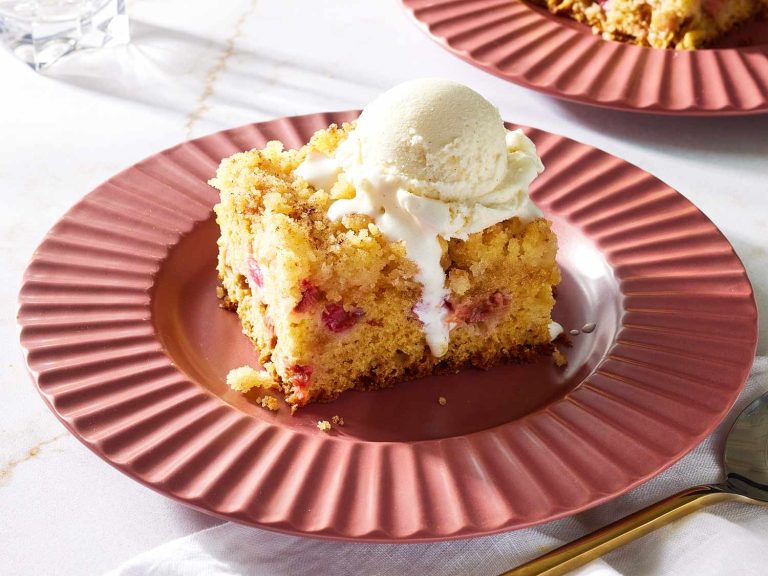Gluten Free Hamburger Buns: Taste, Brands, and Health Benefits
A gluten-free bun contains no gluten, a protein found in wheat, barley, and rye. Instead, manufacturers use alternative flours, including rice, almond, and tapioca, to create these buns. This substitution ensures that those with celiac disease or gluten sensitivity can safely enjoy them.
Most gluten-free buns include added binding agents to mimic the texture of traditional buns. These agents, like xanthan gum or guar gum, help improve elasticity and structure. As a result, buns hold together well and offer a satisfying bite.
The Importance of Gluten Free Options
Offering gluten-free options meets the dietary needs of various individuals. Approximately 1% of the population has celiac disease, an autoimmune disorder triggered by gluten. Additionally, many people avoid gluten due to sensitivity, improving their overall well-being.
Providing gluten-free hamburger buns ensures everyone can enjoy a meal without compromising their health. Restaurants and food brands can expand their customer base by including these options. Moreover, gluten-free products have undergone significant improvements, maintaining excellent taste and texture comparable to regular buns.
Key Ingredients in Gluten Free Hamburger Buns
Alternative Flours Used
Alternative flours play a vital role in gluten free hamburger buns. These flours replace traditional wheat flour, ensuring the buns stay delicious while catering to gluten-sensitive individuals. Commonly used flours include rice flour, almond flour, and tapioca flour.
- Rice Flour: This light, neutral-flavored flour provides a smooth texture.
- Almond Flour: Adds a rich, nutty taste and moist crumb.
- Tapioca Flour: Improves elasticity and chewiness.
These flours, when combined appropriately, deliver excellent taste and structure, making gluten free buns nearly indistinguishable from traditional ones.
Binders and Rising Agents
Binders and rising agents are crucial for maintaining the structure and softness of gluten free hamburger buns.
- Xanthan Gum: A common binder that mimics gluten’s elasticity.
- Guar Gum: Enhances texture and prevents crumbling.
- Baking Powder: Promotes rise for a light, fluffy bun.
- Yeast: Combines with alternative flours to provide a traditional bread-like rise.
Using these ingredients ensures the buns hold together well and have a delightful texture, meeting the expectations of those avoiding gluten.
Popular Gluten Free Hamburger Bun Brands
Store-Bought Favorites
Several brands offer high-quality gluten-free hamburger buns, accessible at grocery stores nationwide. Udi’s Gluten Free is renowned for its delicious, soft texture and wide availability. Schar’s Hamburger Buns excel with their light, fluffy consistency, and absence of preservatives. Canyon Bakehouse provides dairy, nut, and soy-free options, making their buns ideal for various dietary restrictions. Trader Joe’s offers budget-friendly choices, maintaining great taste and texture.
Artisanal and Specialty Options
Artisanal and specialty brands create unique gluten-free hamburger buns with premium ingredients. Katz Gluten Free bakes buns that are free from dairy, nuts, and soy, focusing on a healthy, allergen-free experience. The Greater Knead incorporates ancient grains for added fiber and nutrients. Smart Flour Foods stands out with their blend of sorghum, amaranth, and teff, offering a more wholesome option. Local bakeries often produce fresh, handmade gluten-free buns, ensuring top-notch taste and texture.
Making Gluten Free Hamburger Buns at Home
Essential Recipes
You can easily make gluten-free hamburger buns at home with a few essential recipes. A basic recipe includes gluten-free flour blend (e.g., rice flour, tapioca starch, potato starch), xanthan gum for elasticity, dry yeast for leavening, eggs for moisture, and a touch of sugar. Combining these ingredients creates a dough that yields soft, delicious buns.
For a dairy-free option, use almond milk and olive oil instead of butter. Add honey or agave syrup for slight sweetness. Follow the steps to knead the dough, let it rise, shape the buns, and bake them until golden brown. These homemade recipes allow customization to suit dietary needs and preferences.
Tips for Perfect Gluten Free Buns
Achieve perfect gluten-free buns with a few key tips. Use a kitchen scale for precise measurements, especially for gluten-free flours, to ensure consistency in texture. Allow the dough to rise in a warm, draft-free environment to achieve the right volume.
Shape the dough with wet hands to prevent sticking. Line baking sheets with parchment paper to avoid any sticking during baking. Brush the buns with an egg wash for a glossy finish. Cool them completely on a wire rack before slicing to retain moisture and texture. These tips ensure your buns have excellent taste and structure.
Health Benefits of Gluten Free Buns
Nutritional Comparison to Regular Buns
Gluten-free buns often have fewer calories and carbohydrates compared to regular buns. For instance, a typical gluten-free bun might contain 150-160 calories and 20-25 grams of carbs, while a regular wheat bun usually contains around 200 calories and 30-35 grams of carbs. Many gluten-free buns also incorporate nutrient-dense ingredients like almond flour, coconut flour, and ground flaxseed which add healthy fats, fiber, and essential vitamins.
Suitability for Different Diets
Gluten-free buns fit seamlessly into various dietary restrictions. They’re essential for those with celiac disease and gluten intolerance. By selecting ingredients like almond flour and coconut flour, these buns can also cater to paleo diets. Additionally, many brands offer gluten-free buns that are vegan, ensuring they contain no animal products. This makes them suitable for plant-based diets and those avoiding dairy or eggs.
Conclusion
Choosing gluten-free hamburger buns doesn’t mean compromising on taste or texture anymore. Thanks to innovative ingredients and improved recipes, these buns are now a delicious option for everyone, whether you have gluten sensitivities or just want to try something new. From popular brands to artisanal options, there’s a variety to suit your needs. Plus, with added nutritional benefits and compatibility with various diets, gluten-free buns are a smart and tasty choice for your next burger night.





